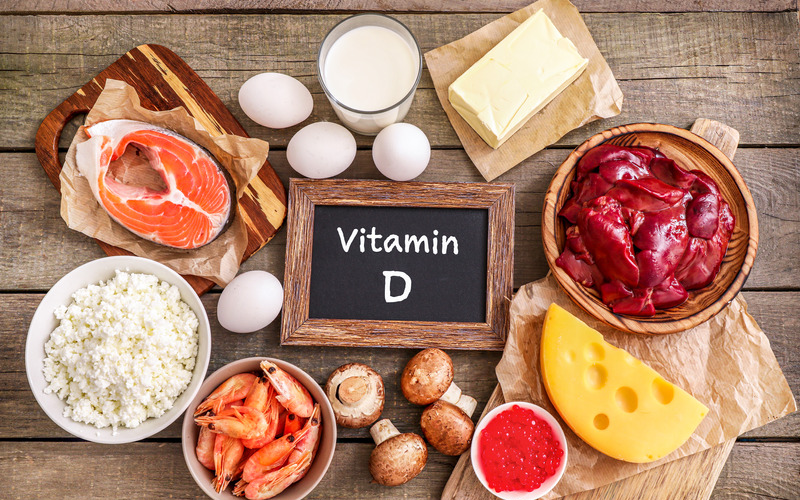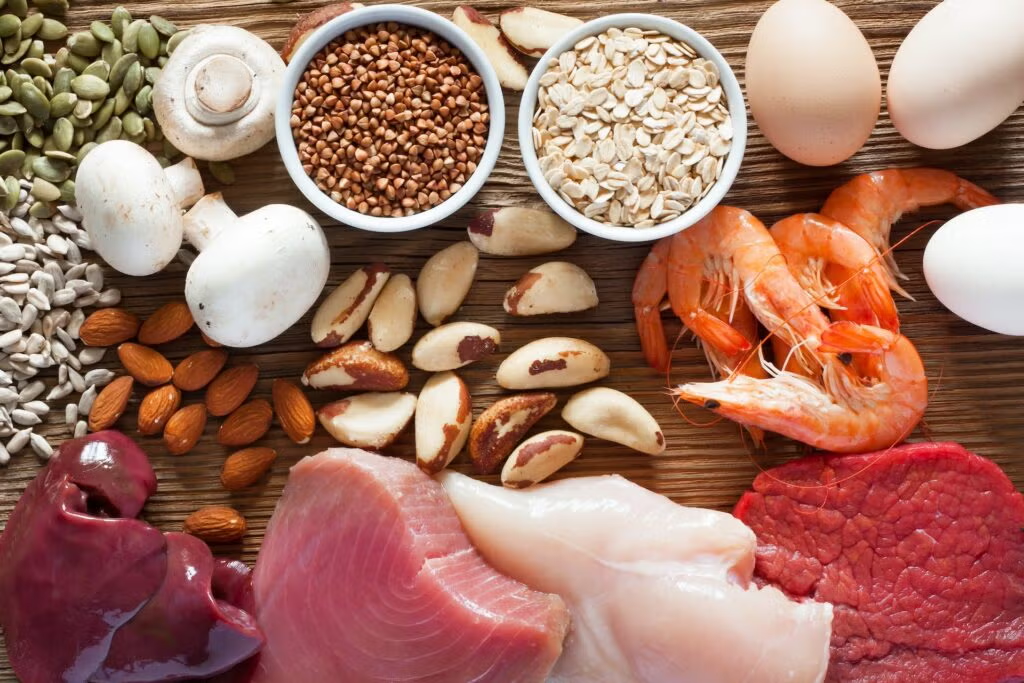
Can You Stand Without Using Your Hands? Your Legs Might Be Telling You Something Important
Struggling to rise from a chair or climb stairs without getting winded may seem like signs of aging—but they’re often early indicators of nutrient-related leg weakness. This hidden issue affects millions over 50, but the good news is: specific nutrients can make a dramatic difference.
Here’s a breakdown of eight powerful nutrients that directly support leg strength, stability, and function. When used together, they form a comprehensive system for restoring mobility at any age.
1. Vitamin D – The Mobility Molecule
Up to 60% of older adults are deficient in vitamin D, unknowingly weakening their leg muscles. This deficiency reduces both muscle integrity and bone strength, creating a cycle of inactivity and further decline.
Studies show vitamin D supplements can reduce fall risk by 23%. For best results, get 800–2000 IU of D3 daily through sunlight, fatty fish, or supplements taken with healthy fats.

2. Magnesium – The Muscle Relaxation Master
Frequent leg cramps? That’s often a sign of magnesium deficiency. This mineral controls muscle relaxation and nerve signals, and low levels can leave muscles stuck in a contracted, painful state.
Aim for 320–420mg daily from spinach, pumpkin seeds, or magnesium glycinate supplements for optimal absorption.
3. Vitamin B12 – The Nerve Protector
Tingling, numbness, or unsteady legs could point to a B12 deficiency. After 50, the body struggles to absorb B12 from food, weakening the myelin sheath that protects your nerves.
B12 helps restore communication between brain and muscle. Choose sublingual methylcobalamin or B12 injections, especially if symptoms persist despite a good diet.
4. Collagen – The Tissue Rebuilder
As collagen levels drop with age, joints lose cushioning and tendons weaken. Collagen is essential for muscle, cartilage, and connective tissue support.
Look for hydrolyzed collagen peptides with vitamin C for absorption, sip bone broth, and eat collagen-rich foods like chicken skin or fatty fish.
5. Omega-3 – The Inflammation Fighter
Even with good nutrition, chronic inflammation can sabotage your efforts. Omega-3s, especially EPA and DHA, reduce inflammatory markers that break down muscle.
Aim for 1000–2000mg daily from salmon, sardines, algae-based sources, or high-quality fish oil with vitamin E.

6. Zinc – The Muscle Maintenance Mineral
Zinc deficiency, common in older adults, blocks muscle growth even with exercise. It also supports hormone levels vital for muscle mass, like testosterone and growth hormone.
Get 15–30mg daily from oysters, grass-fed beef, or pumpkin seeds. Choose supplements like zinc picolinate, and always pair with copper to maintain mineral balance.
7. Vitamin K2 – The Calcium Director
Taking calcium without K2 can backfire, causing calcium to deposit in arteries and joints instead of bones. K2 guides calcium to where it’s needed, protecting both bones and circulation.
Supplement with 100–200mcg daily of MK-7 (the long-acting form). Natto, aged cheeses, and grass-fed butter are excellent food sources.
8. Selenium – The Cellular Protector
Your leg muscles are under constant oxidative stress. Selenium supports glutathione peroxidase, an enzyme that protects cells from this damage. It also boosts thyroid function, which controls energy and metabolism.
Just two Brazil nuts a day provide the full 100–200mcg needed. Pair with vitamin E for enhanced protection.

Bringing It All Together
These eight nutrients work synergistically. Vitamin D and magnesium boost muscle power, B12 restores nerve signals, collagen rebuilds tissue, omega-3 fights inflammation, zinc supports muscle mass, K2 ensures bone strength, and selenium protects cells from damage.
Most people notice reduced cramps, better balance, and increased energy within weeks—and visible strength gains in about a month. A simple daily plan might include cod liver oil (for D and omega-3), nutritional yeast (for B12), and pumpkin seeds (for magnesium and zinc).
Bottom line
Leg weakness isn’t inevitable with age. Often, it’s your body asking for missing nutrients. Support it strategically, and you can stay strong, stable, and confident—well into your 70s, 80s, and beyond.